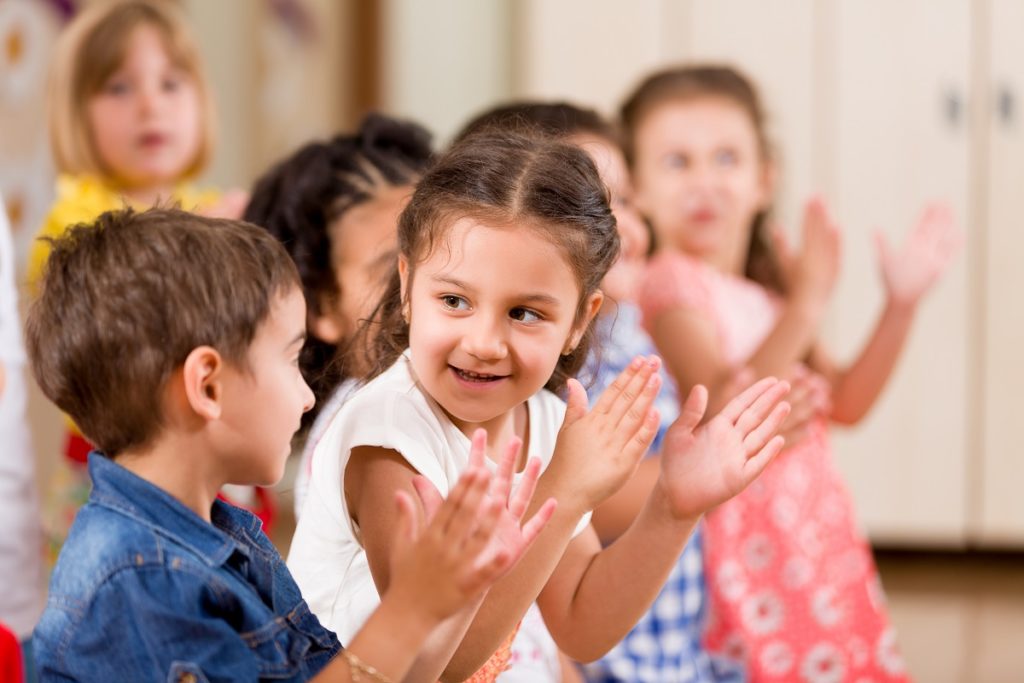Creating a fun and functional learning environment for young learners can be tricky. Educators should consider the children’s physical and psychological needs and provide a place that is responsive to these requirements. Here are some strategies to foster an environment that inspires learning:
1. Design an engaging physical environment.
The physical environment affects learners’ behavior and work ethic. Thus, teachers should thoughtfully design the classroom, organize spaces, use age-appropriate materials, and choose child-sized school furniture. When it comes to desk arrangement, most teachers in Australia opt for a U-shaped configuration where every learner gets a front-row seat. This arrangement makes it easier for the teacher to have eye contact with all learners.
While it’s good to provide them with opportunities to move around, you have to minimize open spaces that allow running and distracting behavior. It is also a great idea to establish informal furniture arrangements and sometimes enable learners to sit on pillows, soft chairs, or carpet. This will allow changes in posture and provide a more comfortable setting.
Remove clutter and potential distractions by having a dedicated space for housing teaching manipulatives, storing reading materials, displaying children’s outputs, and keeping toys for free time.
2. Exude positive non-verbal behaviors.
Aside from positive language, your non-verbal messages are a crucial component to reinforce learning. These include your eye contact, gestures, facial expressions, posture, proximity, paralinguistics, and humor. When you make eye contact with your students, you’re showing them interest, warmth, and concern. Children will likely lose interest if you appear unenthusiastic about what you’re teaching, so you need to capture their attention by maintaining a lively teaching style.
Your head nods and smiles communicate to the learners that you are friendly and approachable. When interacting with young learners, make sure to maintain a comfortable distance. Some children feel anxious when you invade their space, and they will show signals of discomfort, such as crossing their arms or swinging their legs. Encourage laughter in the classroom and tickle their funny bones by sharing silly books and stories.
3. Celebrate milestones.

Do not forget to appreciate your students’ accomplishments by celebrating key milestones. When you recognize and share their achievements with the rest of the class, it creates a feeling of pride and promotes healthy learning behavior. Giving rewards can be a weekly event where you recognize specific accomplishments such as completed projects, classwork, and assignments. Remember to discuss the effort and success strategies the learner used to encourage others to use the same approach in improving their future performance.
4. Collaborate with families.
Every child has a different temperament, communication style, and development. You need to know this relevant information from parents because they understand and know their children best. Also, several studies show that family involvement can result in more promising learning outcomes. Introduce yourself to your learners’ parents and let them know that you’re excited to partner with them in educating their children.
The early learning environment is very crucial because this is where young children start to learn how to regulate their behavior, emotions, and cognition. When teachers create a positive learning environment, they can facilitate the best possible educational experience for young learners.



